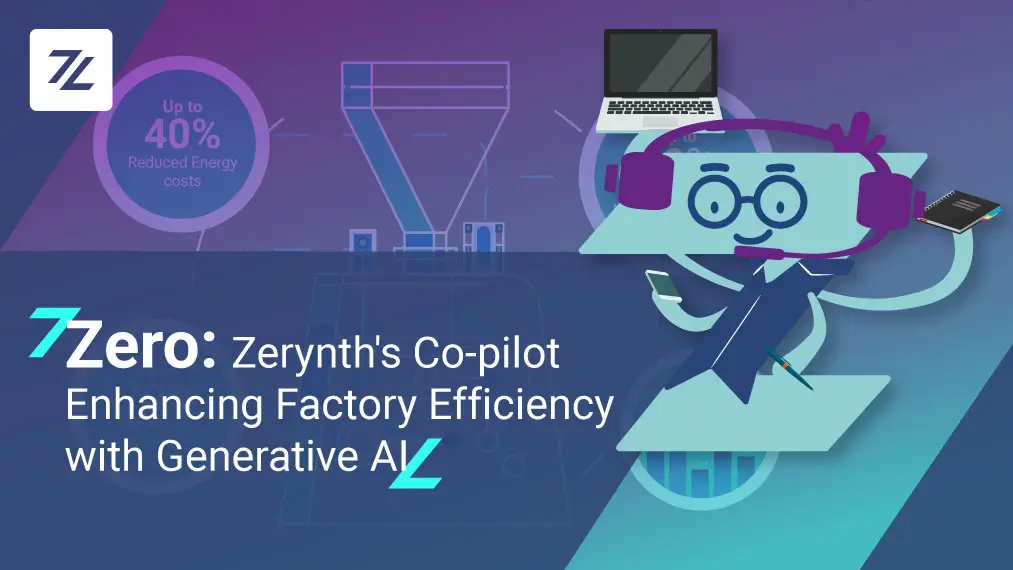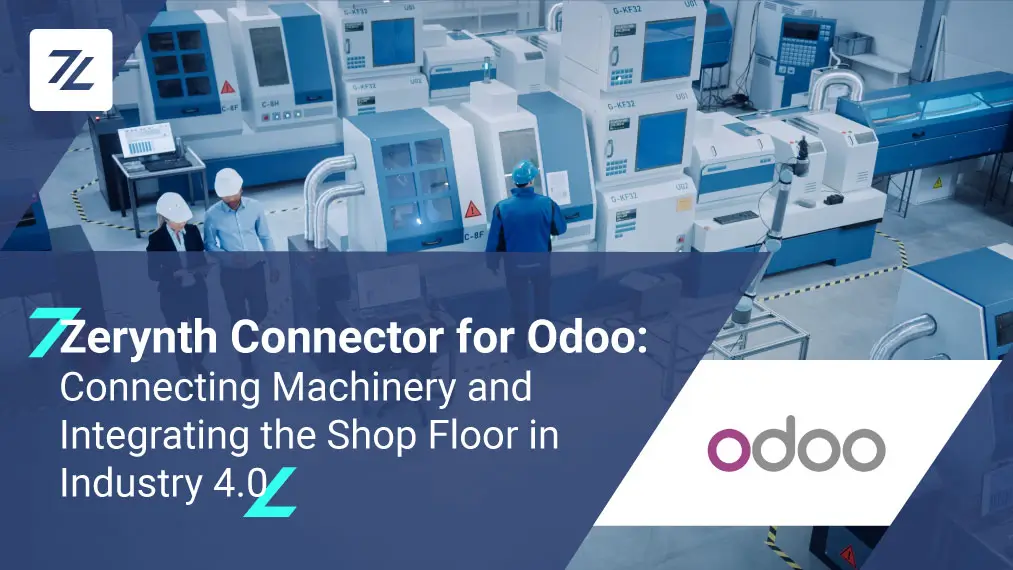ThingForward, our partner, has published another useful tutorial about working with Zerynth Studio. This time around the topic is “Connecting ESP32 to Google IoT Core with Zerynth Studio”.
The hardware side of the tutorial consists of the ESP32 MCU and the BME280 environmental sensor. While the software side is plainly revealed by the title – Zerynth Studio, of course.
As the article on ThingForward says: “Zerynth Studio always helps us during linking the sensor/hardware libraries and during compile-virtualize-flash process thanks to its stability. The examples coming from IDE gives you a head-start in the beginning.”
Register for a Google Cloud Platform account, follow the tutorial (it’s pretty detailed and thorough) and soon you’ll have your own IoT environmental monitoring device.
Check out our webinar with Google Cloud Platform
Did you know that we held a joint webinar with Google Cloud Platform this spring?
We explained how to use Python on microcontrollers and connect them to Google IoT Core. The webinar had a live coding session, with lots of examples including how to use Python to send and receive data between the 4zerobox and the Google IoT Core.
Everyone who hasn’t seen the webinar can still watch it here.
Download Zerynth Studio
You can always download Zerynth Studio and try Python programming for yourself. It’s free, it’s easy to use, and it’s ready to support your ideas.
And if this ThingForward tutorial is too advanced for you to follow, you can always start with the previous one called “Getting Started with Python on Embedded – and Zerynth”.
Until next time,
The Zerynth Team





